Can you say you’ve seen modern China without visiting Shanghai?
Shanghai is a city of superlatives: the tallest towers, the fastest trains, the flashiest malls. But beneath its futuristic skyline is a layered city shaped by centuries of trade, colonial history, political change, and global culture. This is where dumpling stalls sit beside Art Deco banks, and quiet temples hide behind high-speed roads.
Whether it’s your first trip or a return visit, this ultimate Shanghai travel guide walks you through what to explore, where to eat, and what makes Shanghai tick.
Also read: The Best Free Things to Do in Shanghai: Explore the City Without Spending a Penny
Attractions and things to do
The Bund (外滩)
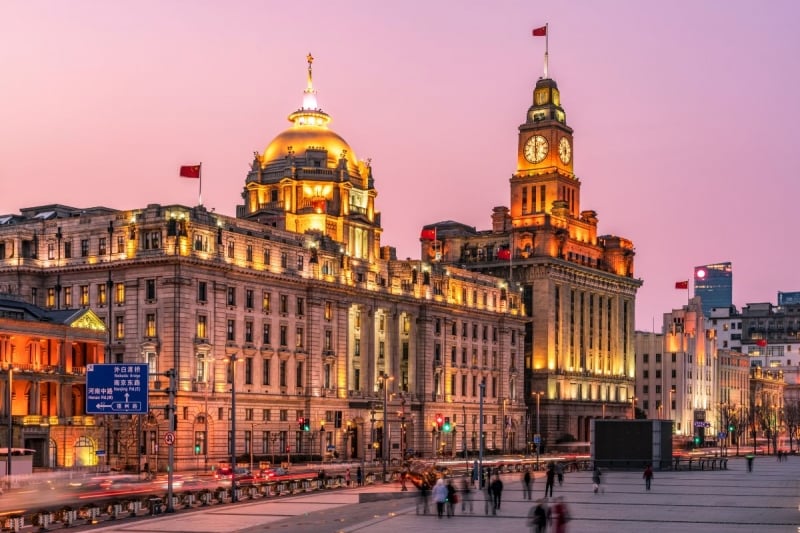
Image Credit: owngarden via Canva Pro
One of Shanghai’s most iconic sights, The Bund is a riverside promenade lined with colonial-era buildings dating back to the 19th and early 20th centuries, when Shanghai was carved up into foreign concessions. Look out for architectural gems like the Customs House, HSBC Building, and Peace Hotel which are all still in use today. On the opposite bank, Pudong’s skyline rises in dramatic contrast, showcasing the Shanghai Tower, Oriental Pearl Tower, and Jin Mao Tower. The best time to visit is just before sunset, so you can watch the city transition into a sea of lights.
Yu Garden (豫园)
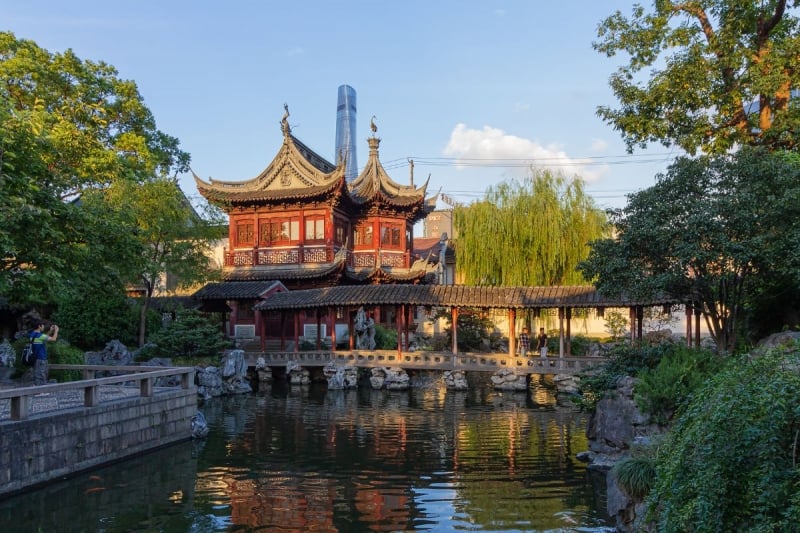
Image Credit: Stefan Fussan via Wikimedia Commons
Tucked within Shanghai’s Old City, Yu Garden was built in 1559 by a Ming Dynasty official for his parents’ retirement. The name “Yu” means peace and comfort, which is exactly what you’ll feel as you walk through carved pavilions, lotus-filled ponds, and zigzag bridges. Right outside the garden is the bustling Yuyuan Bazaar, where you can snack on traditional sweets, shop for trinkets, or grab a bite of Nanxiang’s famous soup dumplings.
Shanghai Tower
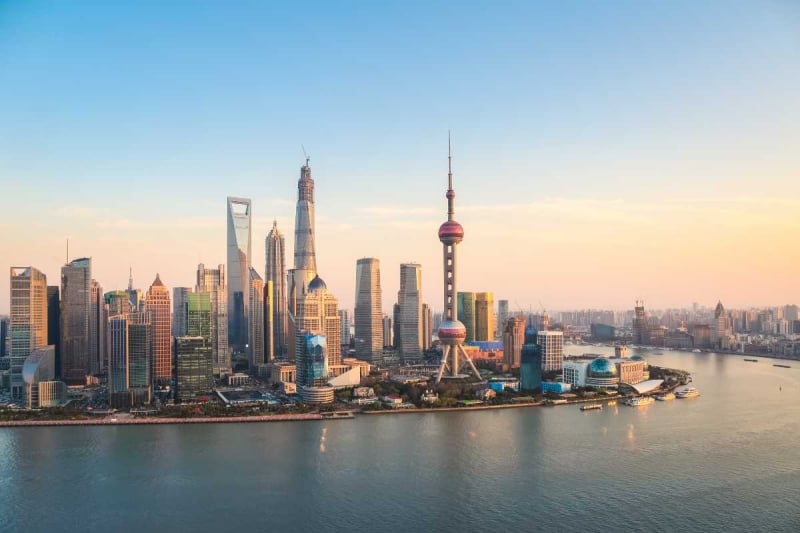
Image Credit: chuyu via Canva Pro
Standing at 632 metres, Shanghai Tower is the tallest building in China and the second-tallest in the world. Its twisted spiral shape symbolises the dynamic emergence of modern China, and it houses offices, hotels, and the world’s highest indoor observation deck. The double-layered skin helps regulate temperature and reduce wind load (a great feat of green design!) You can also ride one of the world’s fastest elevators, reaching the 118th floor in under a minute.
Tianzifang
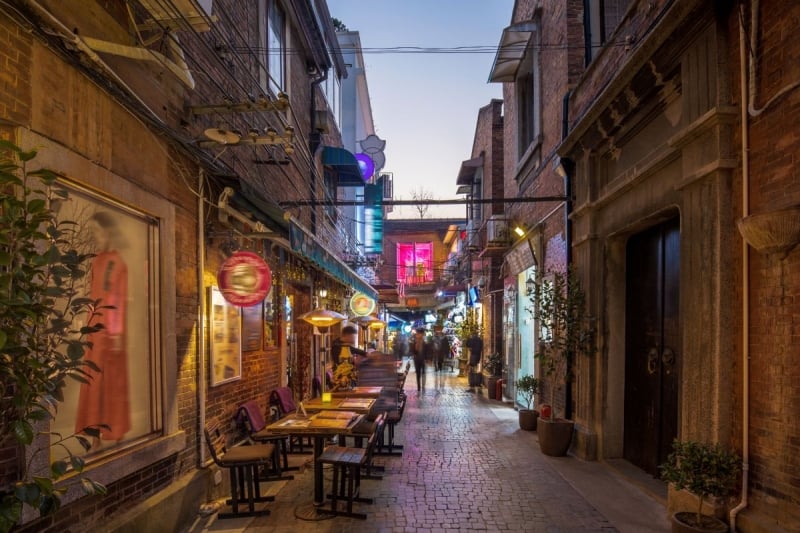
Image Credit: cyoginan via Canva Pro
Once a residential alleyway in the French Concession, Tianzifang has become a creative enclave known for its quirky boutiques, indie art galleries, and coffee shops tucked into Shikumen-style buildings. The lanes are narrow and winding, adding to the charm. You’ll find everything from handmade jewellery and ceramic studios to cosy rooftop cafés. It’s also a good place to try fusion cuisine, such as sushi tacos or truffle dumplings.
Jade Buddha Temple (玉佛禅寺)
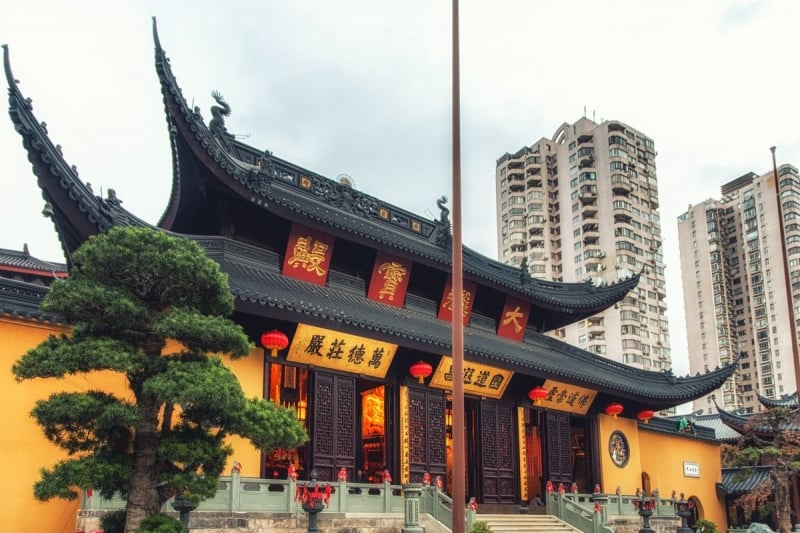
Image Credit: atosan via Canva Pro
Founded in 1882, this active Buddhist temple is named after two jade Buddha statues imported from Burma, with one seated and one reclining. Both are carved from pure white jade and inlaid with semi-precious stones. Visitors can join chanting sessions, observe monks in meditation, or explore the ornate Mahavira Hall. The attached vegetarian restaurant is also well-loved among locals.
Also read: 10 Best Things to Do in China for First-Time Travellers
What to eat in Shanghai
Hong Shao Rou (红烧肉)
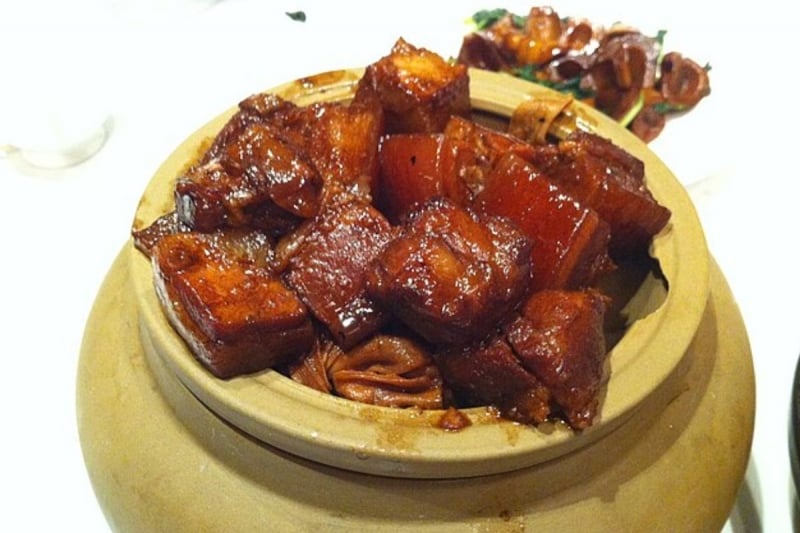
Image Credit: N509FZ via Wikimedia Commons
This braised pork belly dish is rich, sticky, and slightly sweet. This dish is a standout of Benbang cuisine, or traditional Shanghainese home cooking. The pork is cooked slowly in soy sauce, rock sugar, and Shaoxing wine until it becomes melt-in-your-mouth tender. You can try it at Old Jesse (老吉士) or Fu 1039.
Drunken Chicken (醉鸡)
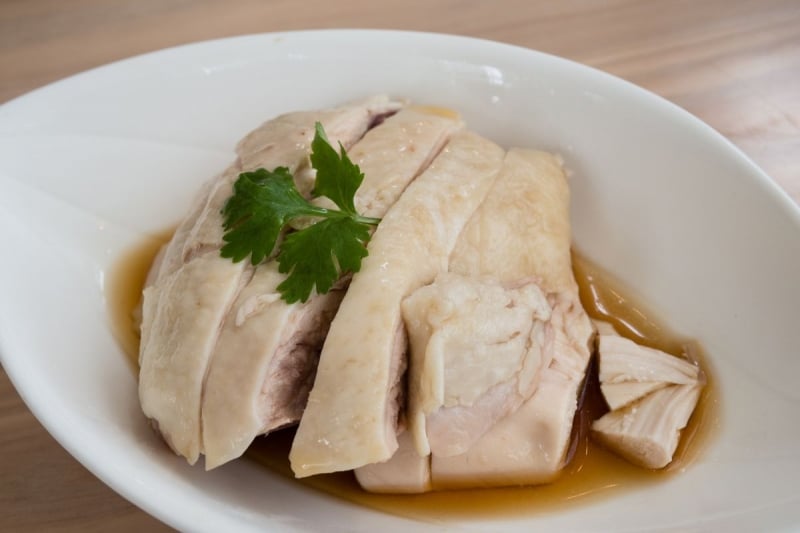
Image Credit: Sitti_ via Canva Pro
Poached and chilled, drunken chicken is marinated in Shaoxing wine and Chinese herbs, giving it a subtly fragrant, slightly boozy flavour. It’s light, cooling, and often served as a cold appetiser, making it ideal after a long day of eating through the city.
Hairy Crab (大闸蟹)
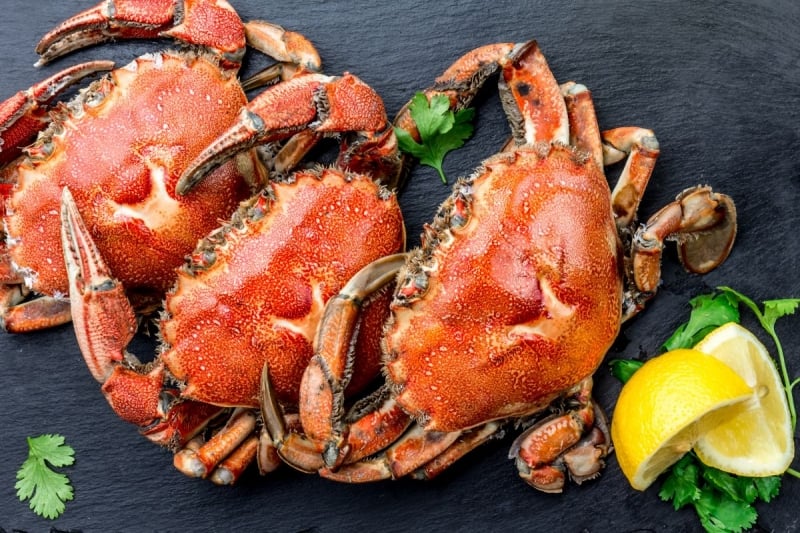
Image Credit: lblinova via Canva Pro
This seasonal delicacy is available in autumn and prized for its golden roe and sweet, delicate meat. Traditionally eaten with a ginger-vinegar dip and washed down with warm Shaoxing wine, it’s a luxurious dish you’ll find at restaurants like Cheng Long Hang Crab Palace (成隆行蟹王府) or Xinguang Jiu Jia (新光酒家).
Shopping and markets
Nanjing Road (南京路)
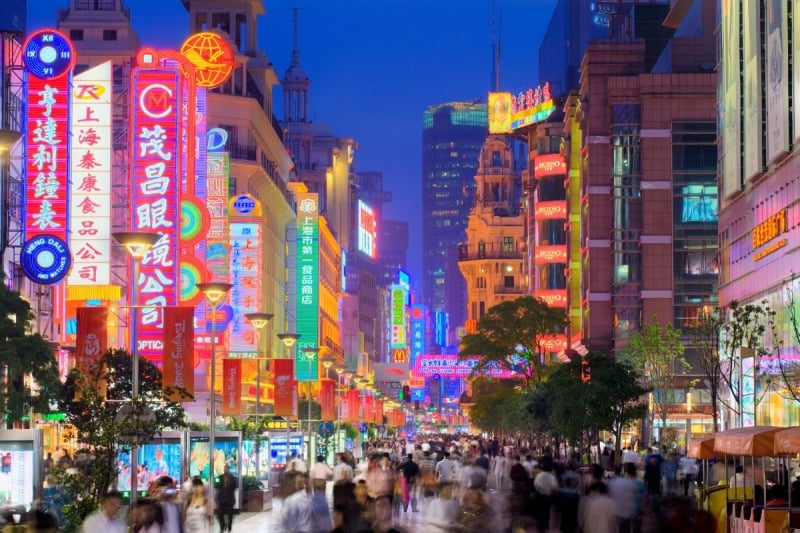
Image Credit: conceptualmotion via Canva Pro
Nanjing Road is Shanghai’s busiest shopping belt, divided into East Nanjing Road (pedestrian-friendly and more touristy) and West Nanjing Road (more upscale). You’ll find a mix of luxury brands, local stores, street snacks, and even mall karaoke booths. At night, the neon lights are a spectacle in themselves.
Xintiandi (新天地)
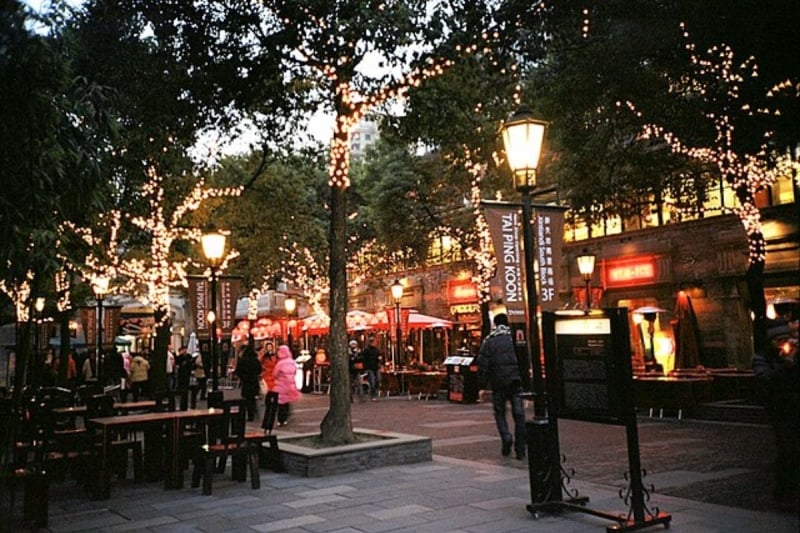
Image Credit: azureisle via Wikimedia Commons
A stylish open-air complex featuring high-end fashion, artisanal homeware, and international restaurants, all within restored Shikumen houses. It’s less about bargain shopping and more about ambience. Great for an evening stroll, especially with outdoor seating and occasional live music.
AP Plaza at the Science and Technology Museum (科技馆AP广场)
Located in Pudong, this underground shopping plaza is known for its low prices and wide range of goods, from electronics and knock-off handbags to souvenirs and travel gear. It’s touristy and crowded but fun if you enjoy browsing and haggling. Prices are negotiable, so go in with a smile and a budget.
Also read: What to Do in Guangzhou: A Guide to China’s Most Underrated Megacity
How to get around
Metro
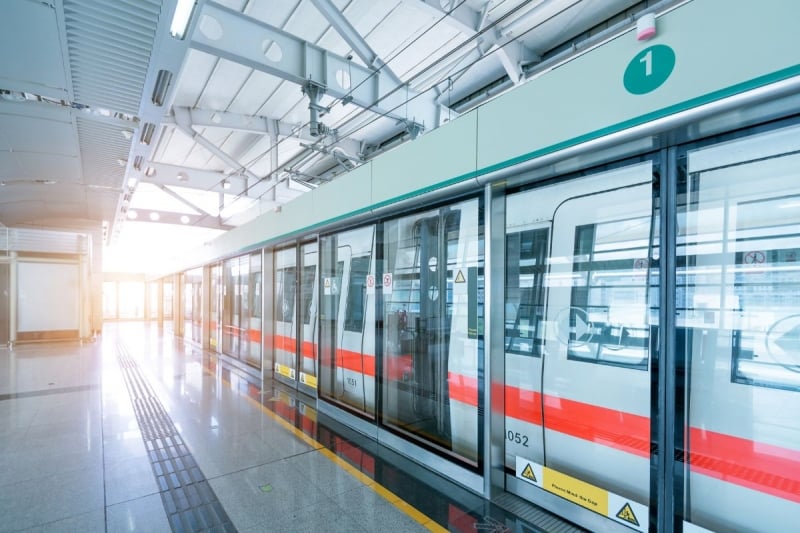
Image Credit: gyn9038 via Canva Pro
The Shanghai Metro is one of the largest and most efficient in the world. It’s the best way to get around the city, with clear English signage, affordable fares, and trains that run from 5:30am to around 11pm. Download the MetroMan or Explore Shanghai app for easy navigation.
Taxis and ride-hailing
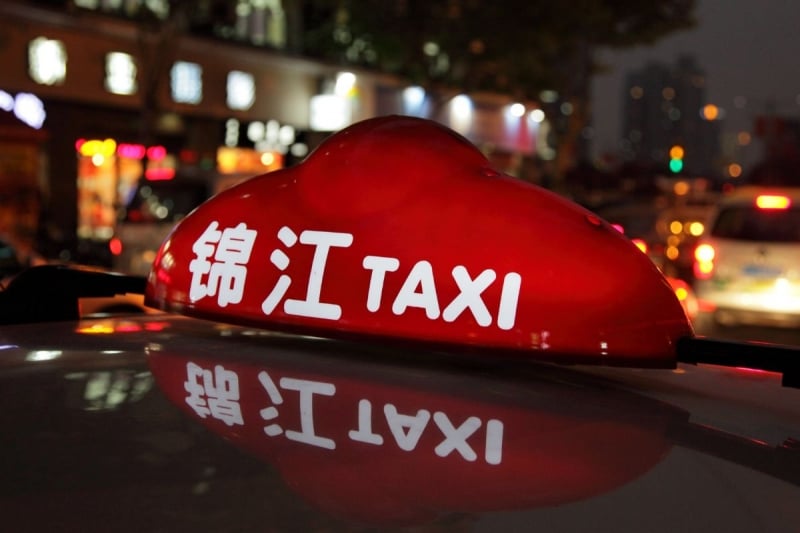
Image Credit: typhoonski via Canva Pro
Taxis are affordable by international standards but may be hard to hail during peak hours. DiDi Chuxing is the Chinese equivalent of Grab or Uber and has an English version (highly recommended for convenience).
Maglev train
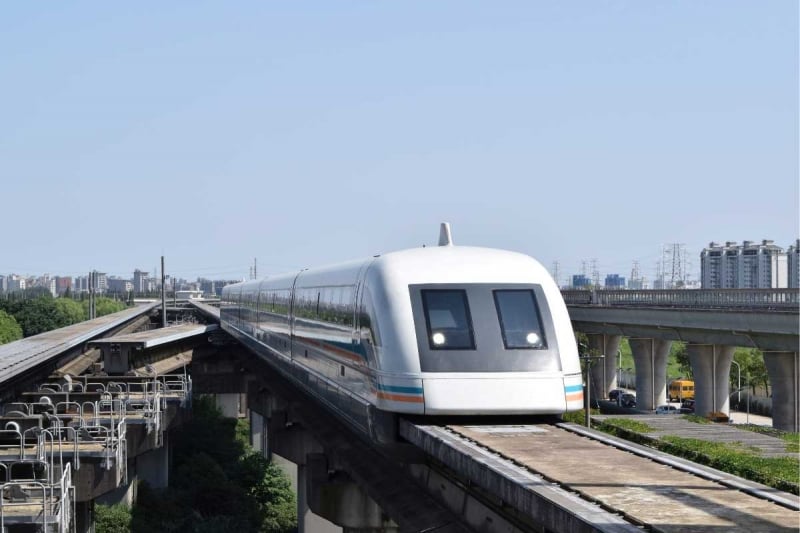
Image Credit: Qju Creative via Canva Pro
If you’re flying into Pudong International Airport, the Maglev is the fastest way into the city. It reaches speeds of 430km/h and gets you to Longyang Road Station in just 7 minutes.
Also read: China Power Bank Rules 2025: What Travellers Must Know Before Flying
Final thoughts
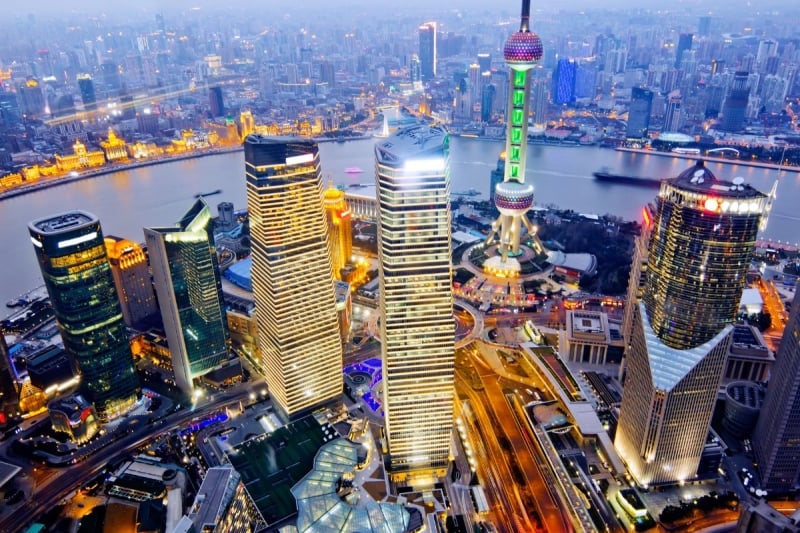
Image Credit: Liufuyu via Canva Pro
Shanghai is a city that defies easy definitions. It’s fast-paced but layered, modern but deeply historical, global yet unmistakably Chinese. You could spend your morning wandering through a classical garden, sip cocktails in a rooftop bar by evening, and eat your weight in dumplings somewhere in between.
There’s no single “right” way to experience Shanghai, but if you follow your curiosity (and maybe this guide), you’ll discover an endlessly compelling city, one neighbourhood at a time.




